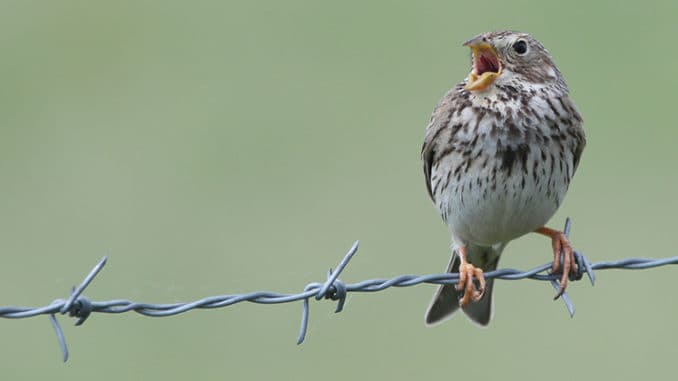A moth native to Asia has fluttered its wings on over to the United States and surprised agriculture officials in the process.
The atlas moth, one of the largest moths in the world with a nearly 10-inch wingspan, was found outside a garage in Bellevue, Washington, in early July. After a University of Washington professor reported it to the Washington State Department of Agriculture, official confirmation came in from the USDA’s Animal and Plant Health Investigation Service on July 27. This is believed to be the first time a confirmed sighting has occurred in the United States.
WSDA managing entomologist Sven Spichiger says, “This is a ‘gee-whiz’ type of insect because it is so large. Even if you aren’t on the lookout for insects, this is the type that people get their phones out and take a picture of – they are that striking.”
The Washington agency shared pictures taken of the moth, including a man’s hand held up for comparison. The size is striking, which isn’t surprising, as the only moth with a larger wing span is the white witch moth, measuring in at up to 14 inches, according to the California Academy of Sciences.
The atlas moth is, however, classified as a federally quarantined pest, so it’s illegal to keep or sell them at any life stage without a USDA permit. They’re believed to feed on apple and cherry trees. This moth was also far from its typical home range across Asia, so officials in Washington are asking residents to keep an eye out and report any sightings to WSDA.
Spichiger says, “This is normally a tropical moth. We are not sure it could survive here. USDA is gathering available scientific and technical information about this moth and will provide response recommendations, but in the meantime, we hope residents will help us learn if this was a one-off escapee or whether there might indeed be a population in the area.”
If you find yourself in Washington and come across what you believe to be an atlas moth, you’re encouraged to snap some pictures and send them to [email protected] for confirmation. Be sure to share where you saw it!
This article by Michelle Milliken was first published by The Animal Rescue Site.
What you can do
Support ‘Fighting for Wildlife’ by donating as little as $1 – It only takes a minute. Thank you.
Fighting for Wildlife supports approved wildlife conservation organizations, which spend at least 80 percent of the money they raise on actual fieldwork, rather than administration and fundraising. When making a donation you can designate for which type of initiative it should be used – wildlife, oceans, forests or climate.







Leave a Reply